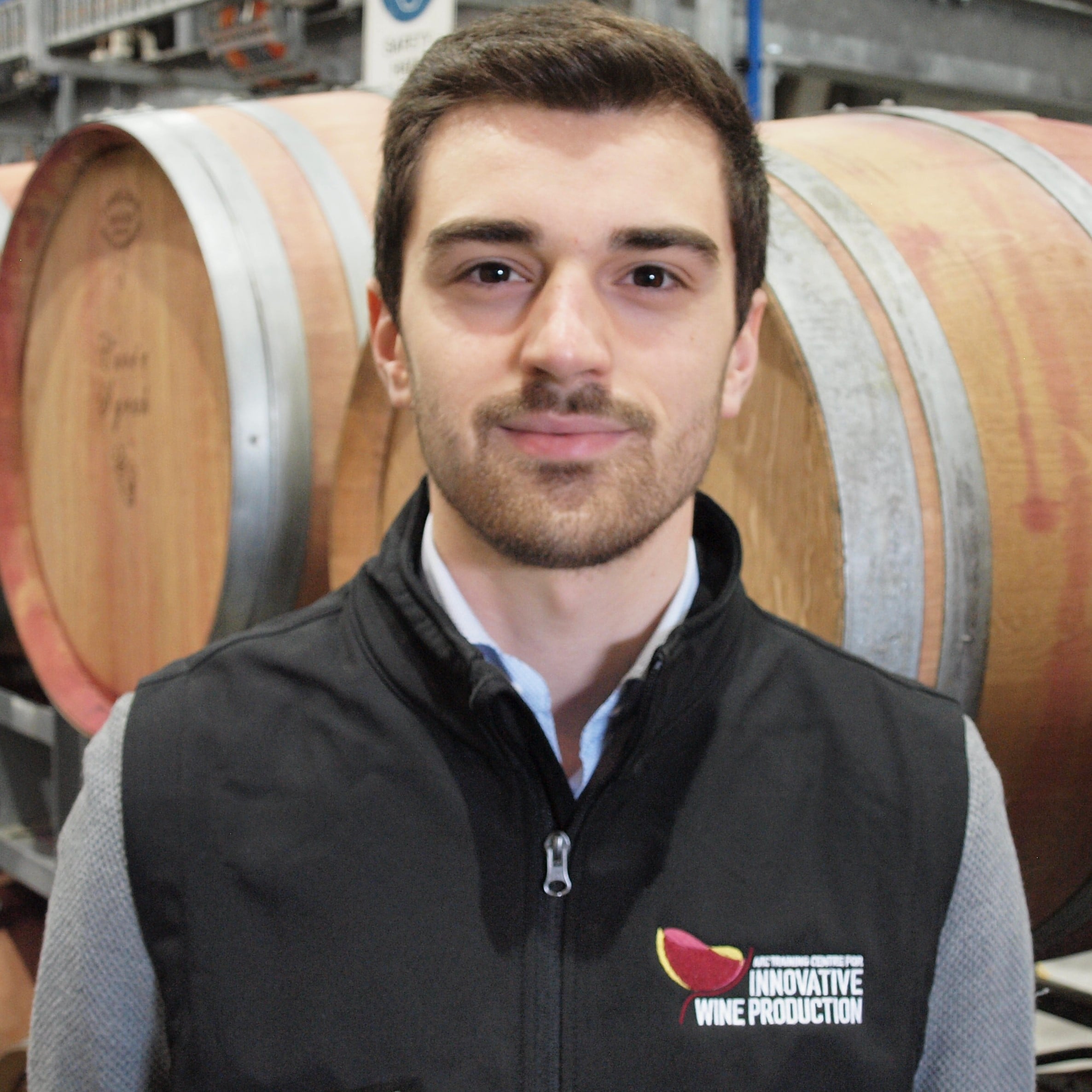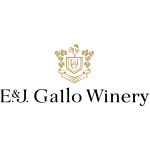Breaking the sugar flavour nexus growing grapes with more flavour and less sugar
Background
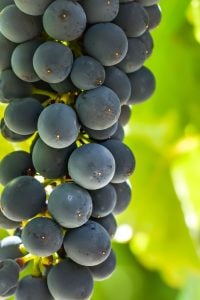
Photo: D-T. Pham
As grapes ripen sugar accumulates by translocation into the bunches, while at the same time a range of specialised flavour compounds are produced by metabolic activities within the berries. These processes display a seemingly tightly linked pairing. Recent increases in growing season temperatures, and winemakers’ preferences for reduced concentrations of the aroma compounds associated with immature berries, have resulted in wines with undesirably high alcohol levels.
Objectives/aims
The objective of the proposed research is to identify strategies that will allow grape-growers to produce fruit with high levels of desirable flavour compounds while maintaining concentrations of sugar that will result in moderate levels of alcohol in the finished wine.
This will be achieved by metabolite and enzyme profiling of grapes from a range of sites in Australia and the USA, examining the effects of site and viticultural practices on grapevine and berry metabolism. A detailed understanding of the metabolism behind the apparent linkage of these events will help growers develop practices to maximise flavour production without excessive sugar, and hence alcohol, in wines. Growers and consumers will each benefit through increased quality and alcohol management.
Key outputs from this project
Research Articles
P Previtali, N Dokoozlian, DL Capone, K Wilkinson, CM Ford (2021) An exploratory study of sugar and C6 compounds in single berries of grapevine (Vitis vinifera L.) cv. Cabernet Sauvignon throughout ripening. Australian Journal of Grape & Wine Research, 27(2), 194-205, DOI 10.1111/ajgw.12472
P Previtali, NK Dokoozlian, BS Pan, KL Wilkinson, CM Ford (2021) Crop load and plant water status influence the ripening rate and aroma development in berries of grapevine (Vitis vinifera L.) cv. Cabernet Sauvignon. Journal of Agricultural and Food Chemistry, 69(27), 7709-7724, DOI 10.1021/acs.jafc.1c01229
P Previtali, N Dokoozlian, B Pan, K Wilkinson, CM Ford (2022) The effect of ripening rates on the composition of Cabernet Sauvignon and Riesling wines: Further insights into the sugar:flavor nexus. Food Chemistry, 373, 131406, DOI 10.1016/j.foodchem.2021.131406
P Previtali, F Giorgini, RS Mullen, NK Dookozlian,KL Wilkinson, CM Ford (2022) A systematic review and meta-analysis of vineyard techniques used to delay ripening. Horticulture Research, DOI 10.1093/hr/uhac118
Industry Articles
P Previtali, N Dokoozlian, B Pan, K Wilkinson, C Ford (2022) Does delaying the rate of ripening alter aroma compounds? Wine and Viticulture Journal, 37 (2), pp 42-46.
Slow the ripening for a better outcome, Wine Australia RD&E News, 13 Aug 2021. https://www.wineaustralia.com/news/articles/slow-the-ripening-for-a-better-outcome
Technical Notes
ON THIS PAGE
Latest News
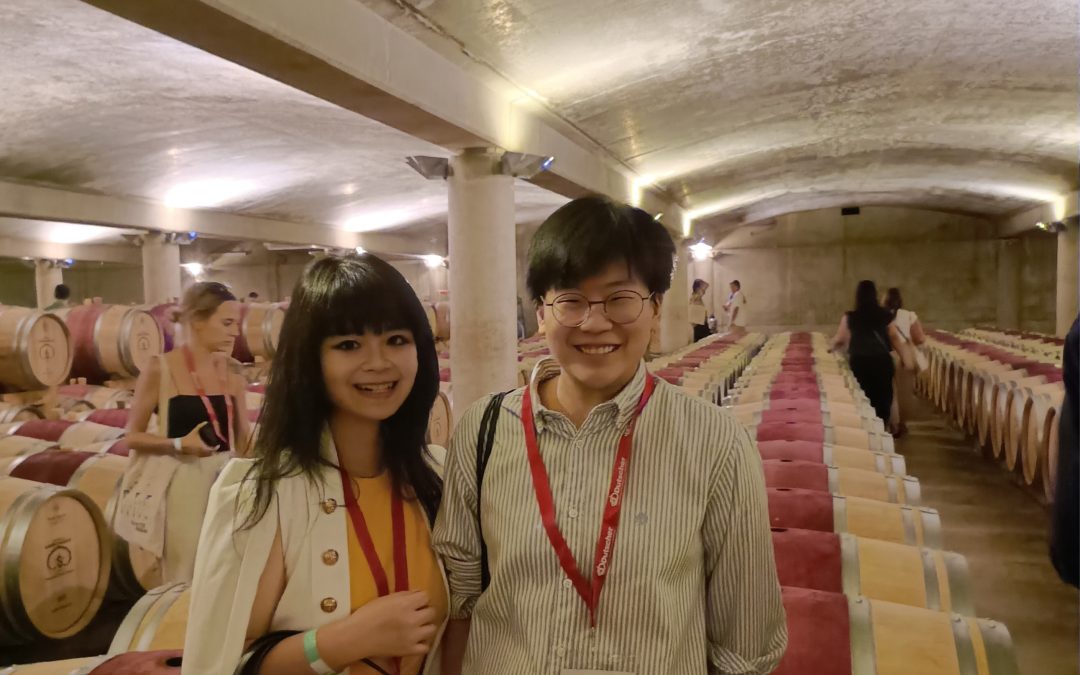
Macrowine Conference – Isara Vongluanngam
By Isara Vongluanngam Every two years, wine researchers from around the world come together to exchange their latest findings and knowledge at OenoMacrowine conference. This renowned international congress focuses on macromolecules and secondary Metabolites of vine...
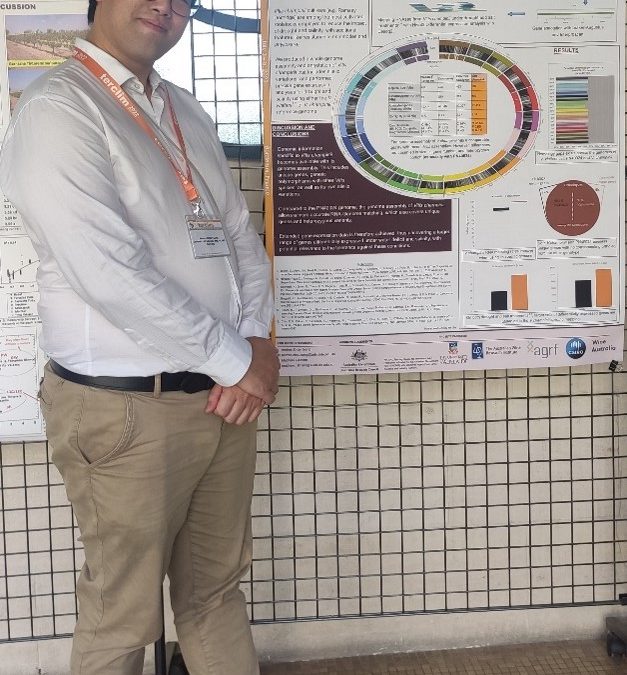
Andres Experience at Terclim 2022 | Bordeaux, France
By Andres Zhou Tsang I am sure many of the ARC Training Centre Members have very fond memories of the 13th International Terroir Congress, taking place in Adelaide back in 2020, which connected grape and wine scientists and industry leaders from all over...
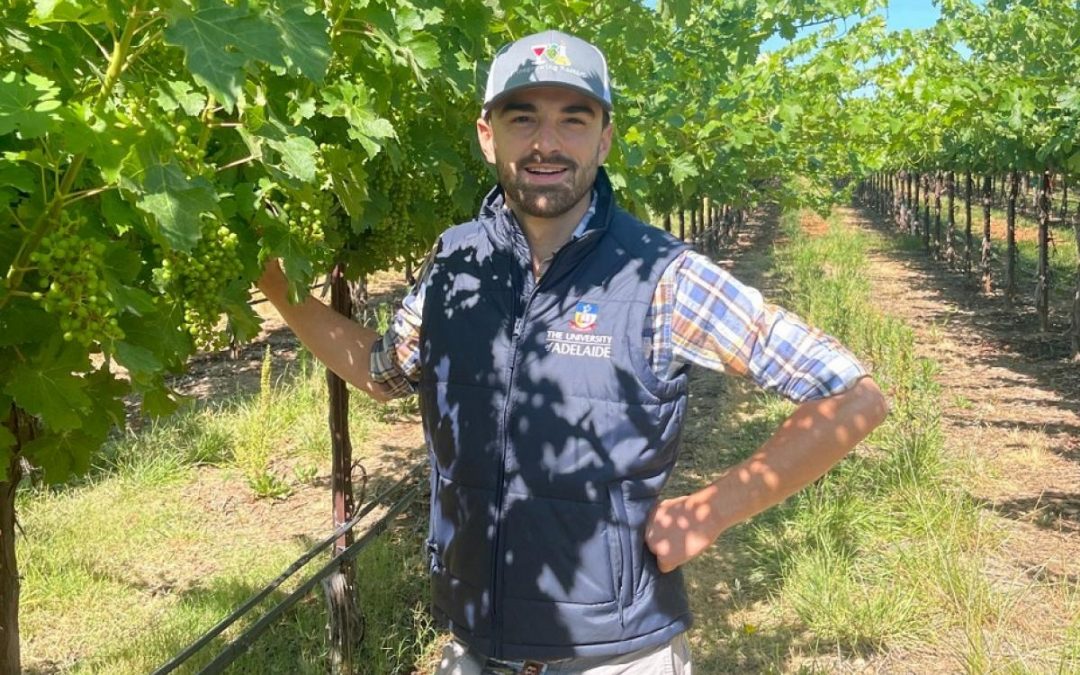
Delaying grapes from ripening results in more flavoursome wine
Republished with permission from The University of Adelaide Newsroom Researchers from the University of Adelaide have crunched the data on the best methods to delay grapes ripening on the vine, leading to better quality wine. “Our research focused on three...


